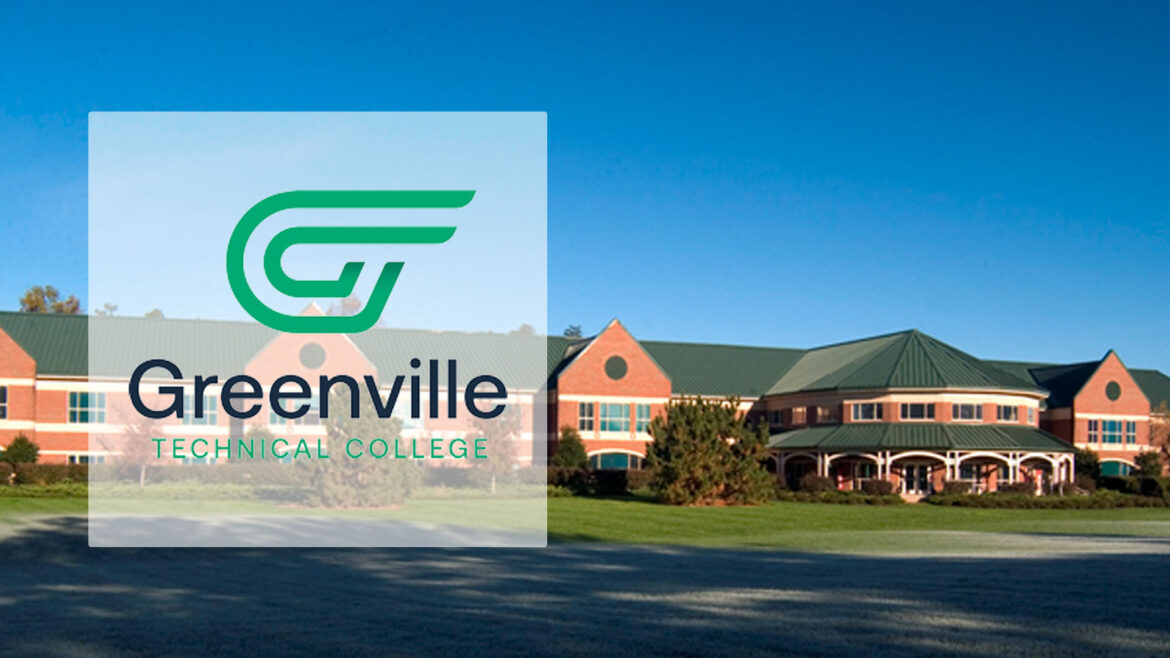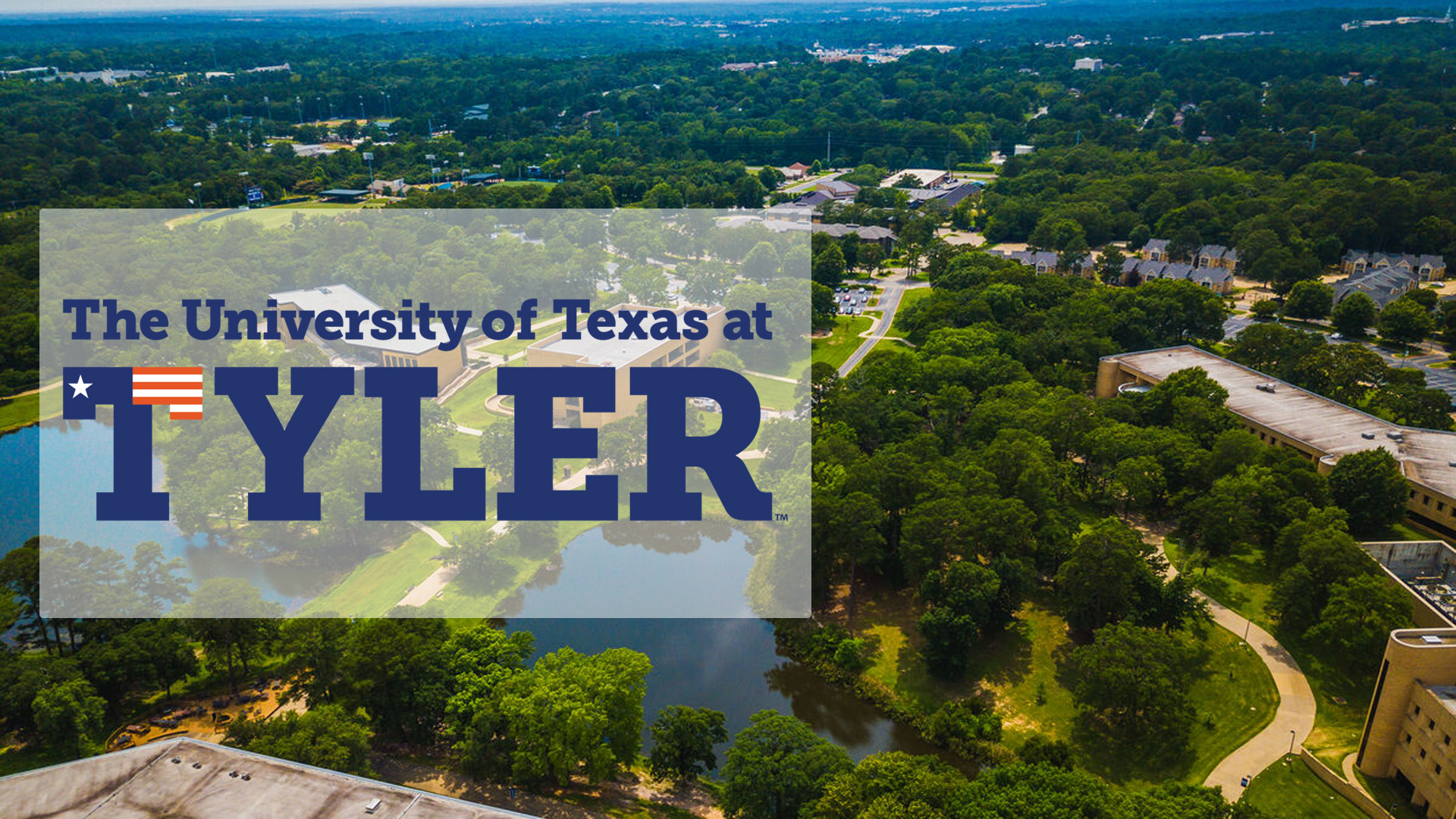
From Guesswork to Impact: How Greenville Tech Measured What Drove Real Results
Share this Post
The Challenge: Lack of clarity into which initiatives were making a measurable impact, and a support model that unintentionally overlooked students most at risk of falling behind.
The Strategy: Leverage predictive insights from Civitas Learning’s Student Impact Platform to identify low-persistence students, personalize outreach based on real-time risk signals, and evaluate which initiatives delivered the greatest return on investment.
The Outcomes: Scaled a proactive advising model campus-wide, streamlined advisor workflows to reach more students efficiently, and established continuous measurement to track the impact of support initiatives.
Greenville Technical College (GTC), one of South Carolina’s largest technical colleges, serves 10,000–12,000 students each term with a mission centered on transforming lives through education. While student success has always been a priority, persistence rates had plateaued despite ongoing investments in programs and initiatives.
Challenge: Limited Visibility into What Was Making a Difference
Student support teams were making consistent efforts, but without clear insight into which strategies were driving real results, it was hard to know what was actually making a difference and worth the investment.
Overwhelmed by large caseloads, advisors often met with students who scheduled their own appointments, while those most at risk slipped through the cracks.
It became clear that a one-size-fits-all approach wasn’t enough. Improving persistence would require more than new programs or policies—it called for a strategic shift. GTC needed a better way to:
- Proactively identify students most in need of support
- Understand the barriers affecting their persistence
- Intervene early with timely, personalized outreach
By rethinking how they used data, the team began moving toward a more proactive, student-centered model. This new approach focused on meeting individual needs before small issues became major obstacles—and on identifying which efforts were driving the greatest ROI.
Strategy: Reach More Students with Intention
As part of its renewed focus on persistence, GTC set out to better understand which student success efforts were moving the needle and where opportunities for improvement remained. One area quickly rose to the top: targeted advising. The college wanted to know how more intentional, data-informed outreach could help shift students from a low to high likelihood of persisting.
To explore this, the Institutional Research (IR) team led a pilot to test whether the predictive insights surfaced in Civitas Learning’s Student Impact Platform could guide more personalized support and improve outcomes. What began as a small-scale experiment quickly turned into a strategic model for campus-wide change.
Part I: Using Data to Drive Personalized Outreach
That shift in mindset led the Institutional Research (IR) team to play a more active role in student success efforts. Although the IR team doesn’t engage with students directly, they partnered with Civitas Learning to pilot a new, data-informed outreach strategy using the Student Impact Platform. By identifying students in the low and very low persistence prediction bands, the team set a goal of connecting with at least five students each week, intending to help them move into higher persistence groups.
Outreach was tailored based on each student’s predicted likelihood to persist: Low- to very-low persistence students received more urgent outreach, emphasizing follow-up and accountability.
One example message:
“I’m part of an outreach team just checking in on some of our students to see how things are going. I’d love to hear about any successes or challenges you’re facing. If I don’t hear from you by Friday, I’ll give you a call on Monday.”
This approach helped GTC turn predictive insights into real, meaningful outreach, creating a more proactive and personalized way to support student success.
Part II: Scaling Impact Through Data-Informed Advising
The pilot far exceeded expectations, more than doubling the original outreach target in half the planned time. Once the model proved effective, the advising team adopted it at scale, and the IR team continued to monitor and measure its impact. This created a feedback loop that allowed GTC to refine messaging and improve outcomes over time.
Rather than getting lost in inboxes, the messages stood out and sparked real human connection. When students responded, they were quickly directed to the right resource, whether that meant connecting with a counselor, meeting with financial aid, or scheduling time with the registrar.
Instead of sending the same message to every student, they could segment their outreach based on persistence predictions, course engagement, and withdrawal behavior, focusing time and attention where it mattered most. This strategy gave advisors a clear roadmap for where to start each day and helped them balance efficiency with personalization.
Part III: Identifying Where Support Initiatives Made the Biggest Impact
The GTC team wanted to go beyond just tracking student success—they wanted to understand which efforts were actually worth the investment. As part of the Strategic Data Project with the Harvard Center for Education Policy and Research, they compared the cost of each initiative to its impact on persistence.
The results were eye-opening: many of their most effective programs were also the most affordable. That insight led to quick action, such as:
- Doubling access to Brainfuse online tutoring
- Expanding academic coaching programming
The data raised key questions, like why scholarship recipients weren’t seeing the same persistence gains as work-study students. GTC realized that while work-study students had built-in support, scholarship recipients rarely received follow-up. This allowed them to see the need to shift their approach from simply awarding aid to actively checking in and helping students stay on track.
Outcomes: From Insights to Action
By analyzing which student success initiatives were truly driving impact, GTC moved beyond well-intentioned efforts to measurable outcomes. Their pilot proved that even small, intentional outreach informed by real-time data can lead to significant gains in persistence.
More importantly, it created a scalable framework for testing and refining support strategies, ensuring resources are focused where they matter most. With the right tools and a clear strategy, GTC showed it’s possible to reach more students, especially those who aren’t asking for help, and make a lasting impact on their success.
Notable Results
- Targeted outreach produced a 25 percentage point (PP) lift* in persistence prediction vs. no intervention
- Just one advising appointment resulted in a 10 PP increase in persistence
- Virtual and in-person advising were equally effective in improving outcomes
- Continued improvement in advising approach yielded a 15 PP persistence lift
*Note: These results are based on a localized analysis conducted by Greenville Technical College using the Civitas Learning platform. While the sample size was limited, the institution used this significant lift as a signal to prioritize and expand advising interventions.


